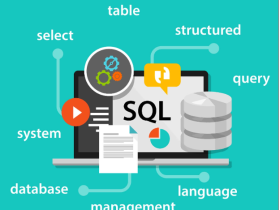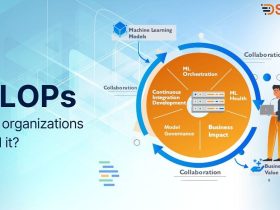What Is Contrastive Learning?
Contrastive learning is a type of unsupervised machine learning technique that helps to identify similar and dissimilar features of data points. It has gained popularity in recent years as it enables efficient training of neural networks with limited labeled data. Contrastive learning uses a contrastive loss function that learns the representations of data points in such a way that similar points are closer together and dissimilar points are farther apart in the representation space. In this article, we will explore contrastive learning in detail, its applications, and how it works.
What Is Contrastive Learning and How Does It Work?
Contrastive learning is a type of unsupervised learning technique that aims to learn the representation of data points by identifying the similarity and dissimilarity between them. In contrastive learning, two similar data points are brought closer in the representation space, while two dissimilar data points are pushed farther apart. Contrastive learning works by training the model to maximize the distance between the representations of dissimilar pairs of data points and minimize the distance between the representations of similar pairs of data points.
The training process in contrastive learning involves creating pairs of data points, where one is considered as a positive sample and the other as a negative sample. The positive samples are pairs of similar data points, and the negative samples are pairs of dissimilar data points. The model is trained to distinguish between the positive and negative samples by maximizing the similarity between the representations of the positive pairs and minimizing the similarity between the representations of the negative pairs.
Applications of Contrastive Learning
Contrastive learning has found applications in various fields, including computer vision, natural language processing, and speech recognition. In computer vision, contrastive learning has been used for image retrieval, object recognition, and image classification. In natural language processing, contrastive learning has been used for language modeling, text classification, and named entity recognition. In speech recognition, contrastive learning has been used for speaker identification and speech recognition.
Advantages of Contrastive Learning
Contrastive learning has several advantages over other unsupervised learning techniques. Firstly, it can learn representations of data points that are better suited for downstream tasks. Secondly, it can be used for transfer learning, where the model trained on one task can be fine-tuned for another task with limited labeled data. Thirdly, it can be used for data augmentation, where the model is trained on augmented data to improve its performance on the original data.
Limitations of Contrastive Learning
- Data requirements: Contrastive learning requires large amounts of high-quality data for effective training. In many cases, obtaining such data can be expensive and time-consuming, which limits the applicability of this technique in real-world scenarios.
- Complexity: Contrastive learning algorithms are often complex and require a significant amount of computational power and memory. This can make them impractical to use on low-end hardware or in applications with limited resources.
- Sensitivity to hyperparameters: Contrastive learning algorithms are sensitive to hyperparameters, which can be difficult to tune correctly. Inappropriate hyperparameters can result in poor performance or even complete failure of the algorithm.
- Limited generalization: Contrastive learning algorithms are designed to learn representations that are optimized for a specific task or dataset. This can limit their ability to generalize to new and unseen data, which can be a problem in applications where the dataset is constantly changing or evolving.
- Bias: Like any other machine learning technique, contrastive learning algorithms can be affected by bias in the data. If the dataset used for training is biased, the resulting representations learned by the algorithm can also be biased, leading to poor performance in real-world scenarios.












Leave a Reply